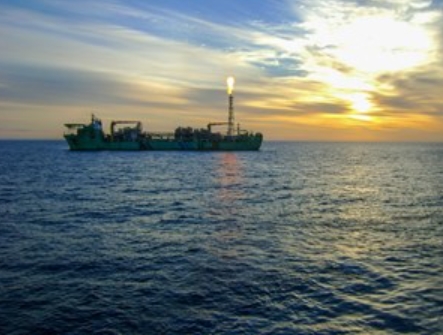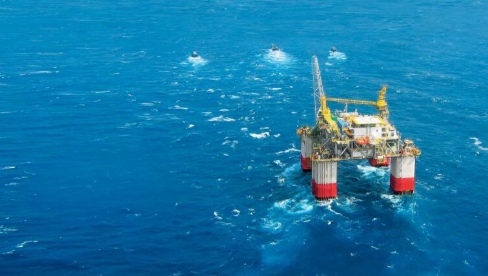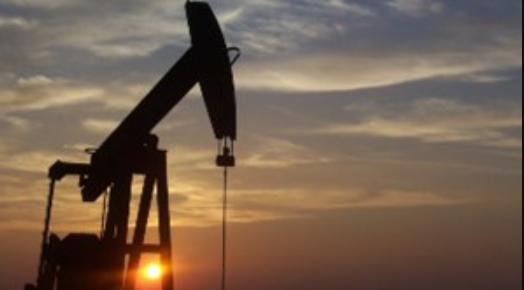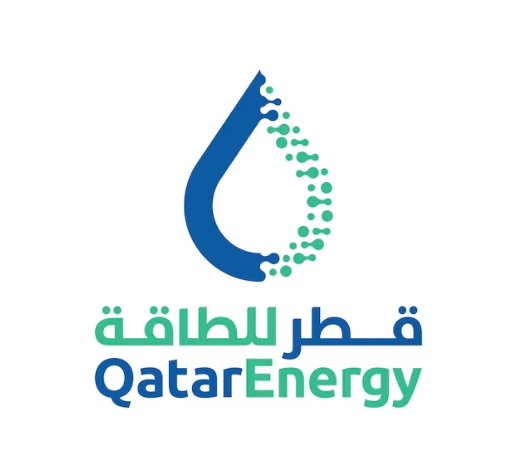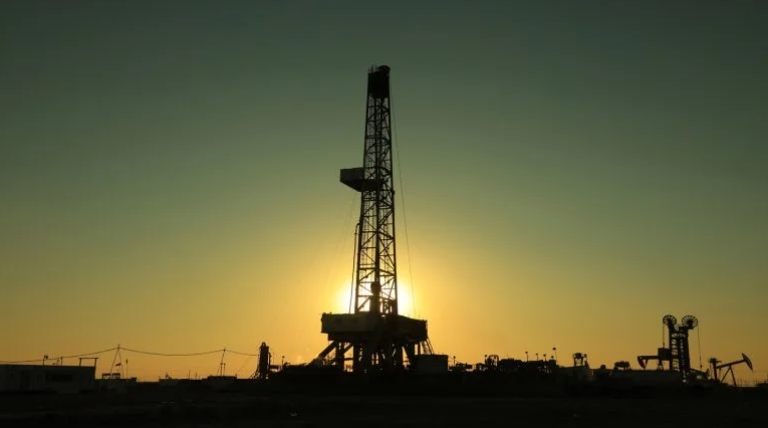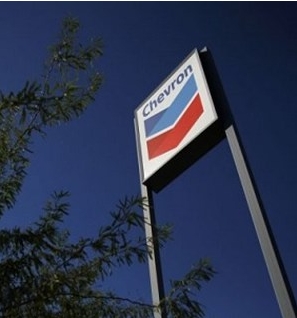SHLX, formed by Shell to own and operate pipelines and other midstream assets, said that interest from producers is still strong. The company remains bullish on the Gulf of Mexico.
Gulf of Mexico oil of the sour medium crude variety—including the Mars grade from Shell and BP’s Gulf of Mexico platform--filled some gaps left by the absence of heavy oil from Venezuela, which US refiners used until about March 2019, when US refineries stopped importing from the sanctioned Latin American country.
With supplies of Mars tightening as US refiners turned to it, starved of Venezuelan crude oil, the price of the grade increased in early 2019, but has since fallen off.
The current pipeline has the capacity to move between 400,000 and 600,000 barrels per day of oil produced in Mississippi Canyon area to the LOOP salt dome caverns in Clovelly, Louisiana. In the Mississippi Canyon area, the Mars pipeline transports oil from the Olympus and Mars A platforms, as well as from the Medusa and Ursa pipelines. It is also connected to the Amberjack pipeline.
BP Midstream Partners LP—Shell’s partner in the pipeline, announced in September that it was considering expanding the Mars crude oil pipeline to accommodate additional oil from offshore fields. Its current mainline capacity, according to BP’s website, has a mainline capacity of 400,000 barrels per day.
At the time, BP said it would look to expand that to include new volumes from Vito and Power Nap Gulf of Mexico fields.
Shell owns 71.5% of the Mars pipeline, while BP owns the remaining 28.5%.

